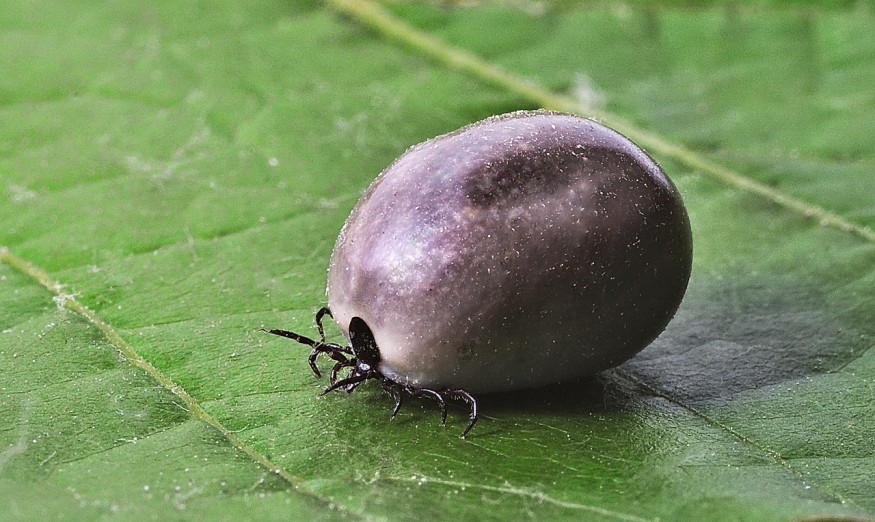
This summer, there is a new application called The Tick App that can help in letting you avoid being bitten by ticks and thus lessen the risk of being infected by Lyme disease.
Michigan State University Fisheries and Wildlife Department associate professor Jean Tsao says that while they do want to scare people, they want to give them some precautions in their outdoor trips so that they can stay safe. Tsao is a researcher on ticks and tick-borne diseases. She says that there is no need to panic, and with the proper safety measures, everyone can enjoy being outside during the summer.
According to the data by the federal institution Centers for Disease Control, every year, over 300,000 individuals get infected by the tick-borne Lyme Disease.
Tsao says that people must get out in nature and that it is beneficial for their health. Still, she wants them to have the best time by avoiding the harrowing experience of contracting diseases carried by ticks.
In conjunction with research on ticks, she helped in the development of The Tick App. Tsao worked with the University of Wisconsin and Columbia University researchers to create the smartphone application. This app provides timely information on how to prevent exposure from ticks. It also teaches users how they can identify the various kinds of ticks as well as the infectious diseases that they carry and transmit.
The app also enables users to become so-called "citizen scientists" by letting them help out scientists in understanding how the behavior of people can influence risks of tick infestation. According to Tsao, last year, nearly 3,000 people installed and used the Tick App.
Tsao says that they want to know if and how people apply methods of prevention, what preventive measures they adopt, and the factors that influence their use of these preventive measures. She says that researchers can use the data to help in developing more effective preventive measures.
According to Tsao, one of the surest means to prevent contact with ticks is avoiding areas where they are found. She advises people never to stray away from trails whenever they are hiking. She says this is especially relevant in this COVID-19 pandemic since people have to observe social distancing; they have to stay at a minimum distance of six feet from each other. This applies even when they are in the wilderness and are hiking on trails.
People need to do an extensive check for ticks after staying in the ticks' habitat; they should bathe or shower thoroughly to lessen the chance of contracting any tick-borne disease.
Finally, Tsao advises those who have been bitten by ticks to grab the tick carefully with a pair of tweezers at a point as close as possible to the skin of the bitten person. Remove the tick, take a clear picture of the specimen, and upload it to The Tick App for scientists to be able to identify its species. After this, put the captured tick inside a plastic container or bag and label it with the geographic location and date where it most likely bit the person. Then, store the sample tick it in the freezer.
Tsao says that if the bitten person becomes ill, go to the doctor, show him or her the tick because the tick species and the severity of the swelling will help the doctor accurately diagnose and treat the disease. She also advises never to panic, but only be aware and take the necessary precautionary measures.
© 2025 NatureWorldNews.com All rights reserved. Do not reproduce without permission.





